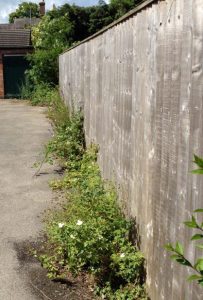The longest wait to be rehoused, for someone on the York housing list, is reported to be 13 years.
This is the exception though and probably reflects the desire of some applicants to be housed in a particular part of the City or in a specific village. Many applicants are rehoused within a few months. Others, with a low housing needs assessment, may never be offered a property.
Around 750 vacancies occur in the 12,431 rented properties available in the City (4512 Housing Association, 7919 Council). In addition there are around 500 shared ownership/discounted sale or intermediate rent properties in the City.
The number of available properties has grown from the 12,321 recorded on 1st April 2008.
Around 2000 people register to be on the housing waiting list each year. Currently 4280 are registered.
The Council introduced a new system for allocating properties a few years ago which involved vacancies being advertised.
Applicants then apply for the individual properties with the home being allocated on the basis of need. Applicants are assessed in order of priority bands of gold, silver and bronze, with those in gold having the highest need for a home. Around 92 per cent of households on the register are in either silver of bronze band and average waiting times for a home is around two years
In the case of one advertised home, as many as 290 people applied to be tenants.
The York Council is currently consulting residents about their “tenancy strategy” More information is available here: http://tinyurl.com/York-Tenancy-strategy
One of the key issues being considered is the under-occupation of rented accommodation. Current estimates suggest around 1,000 council owned homes are under occupied at any one time. Currently 190 household are seeking a transfer due to overcrowding and 160 tenants seeking a transfer to smaller accommodation.

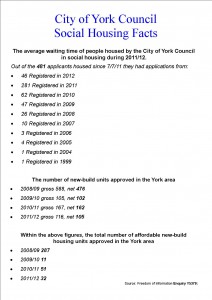
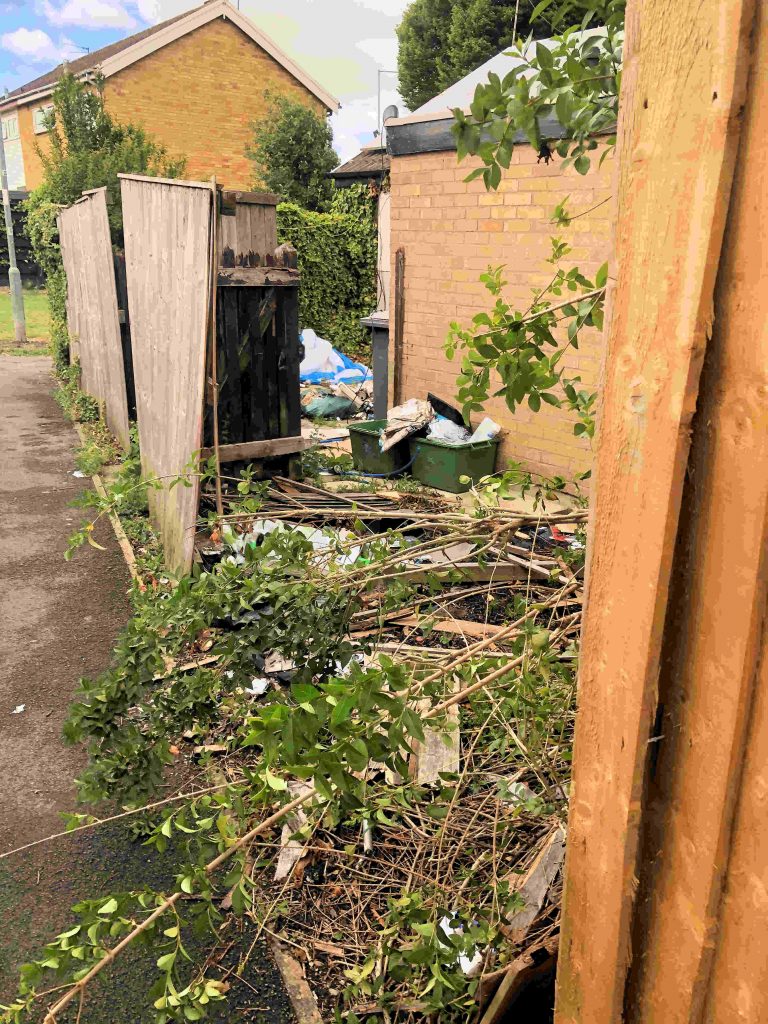
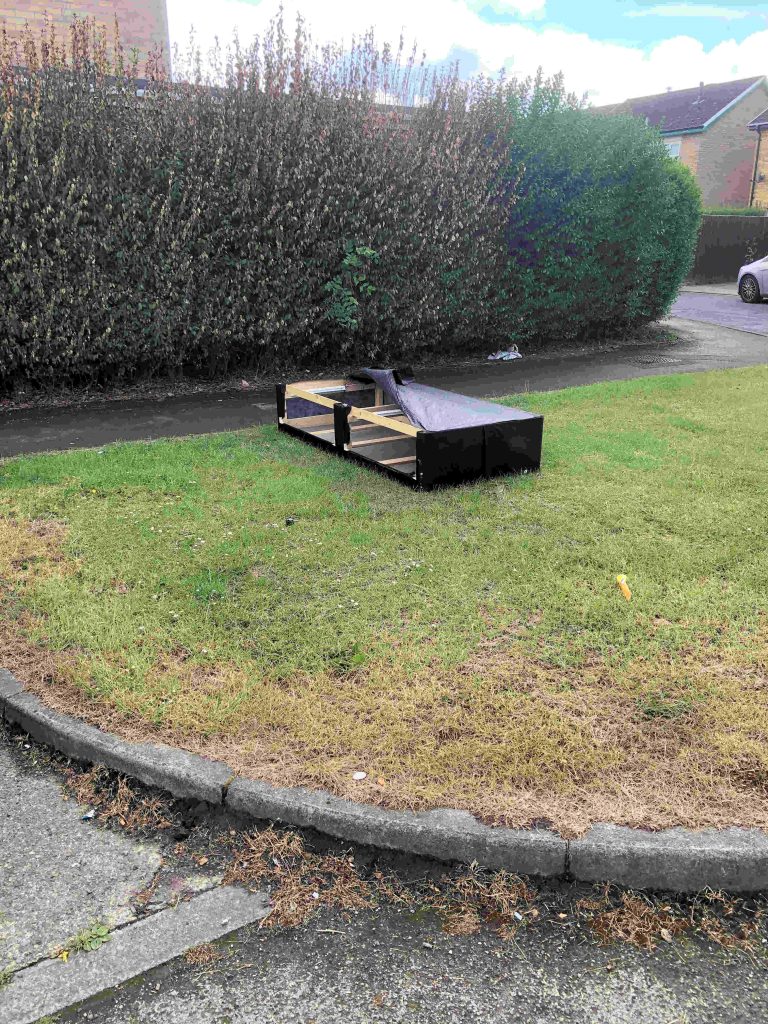
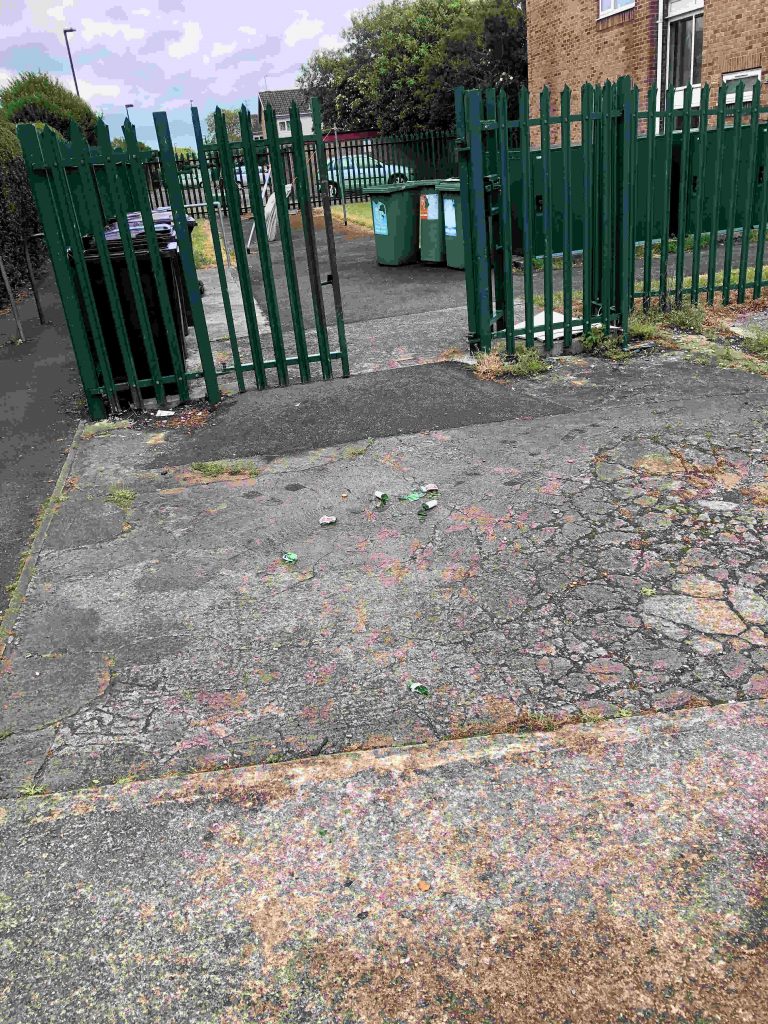
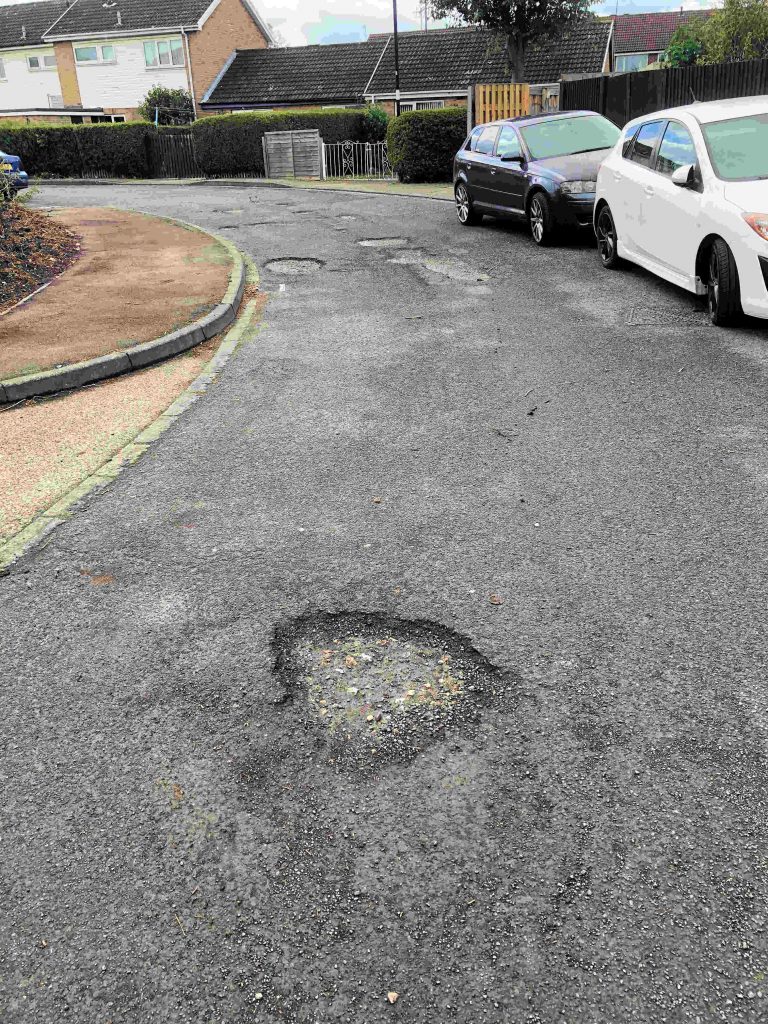
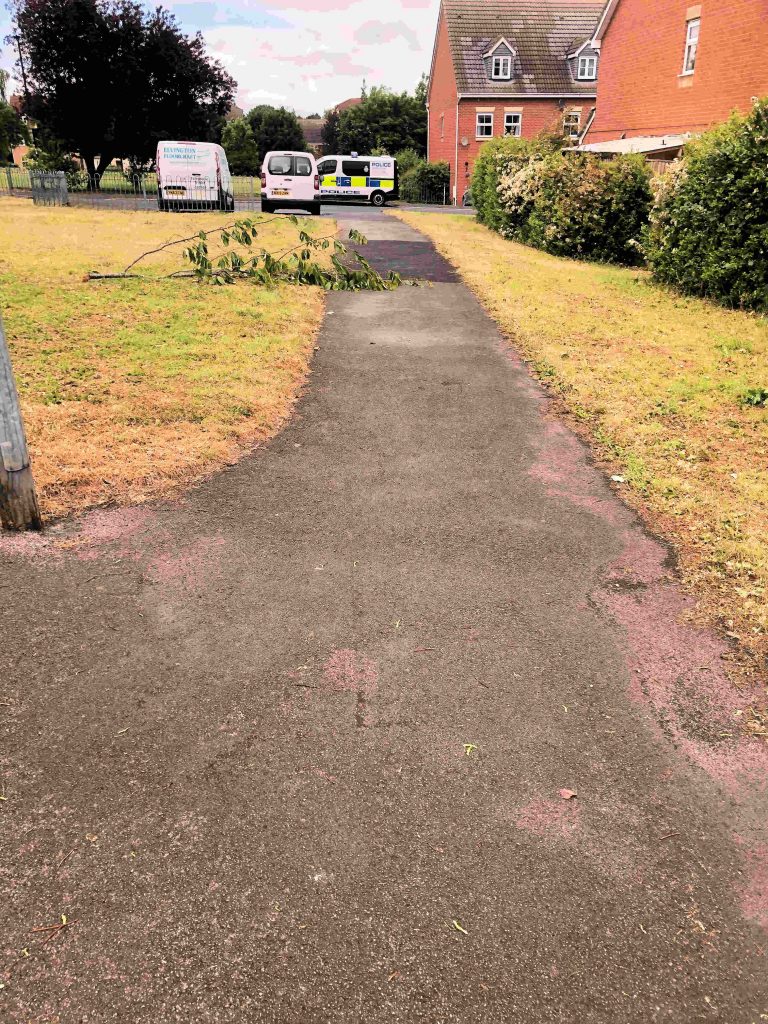
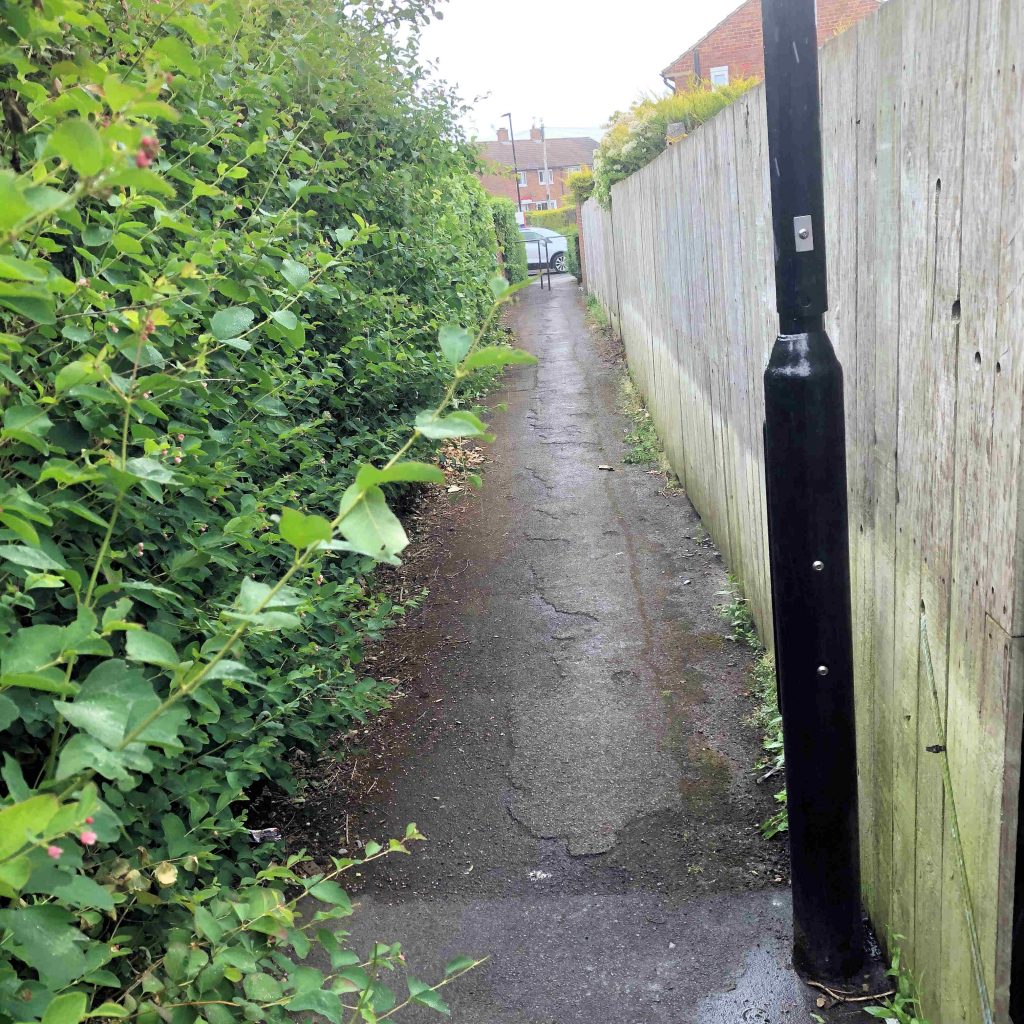
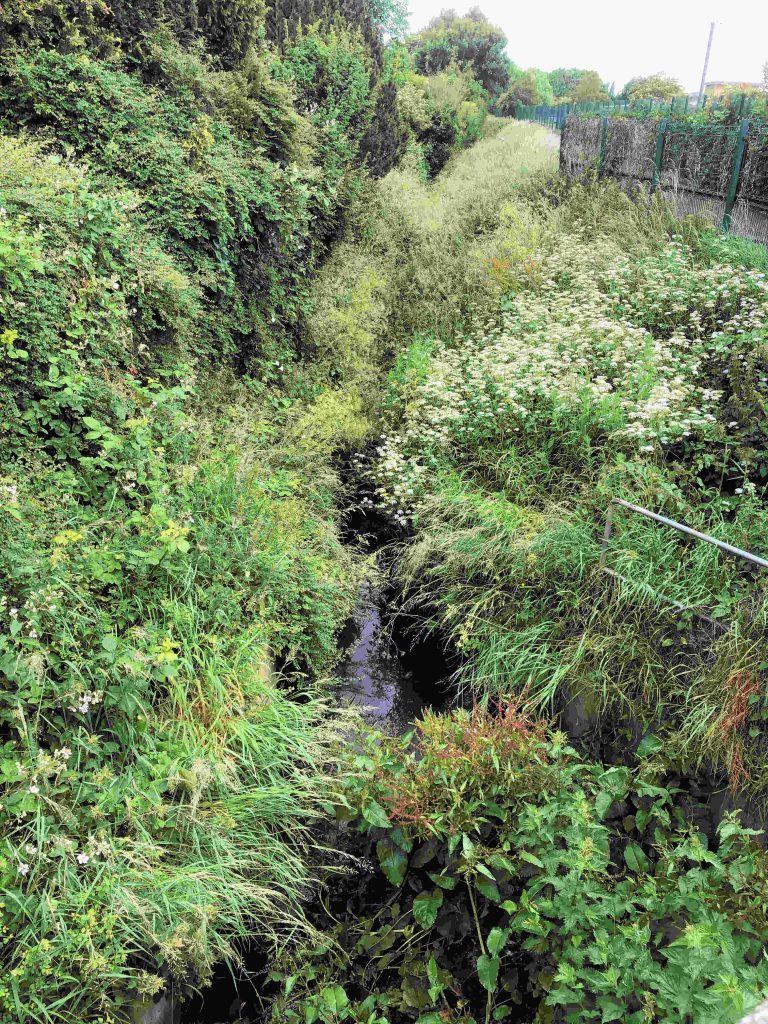
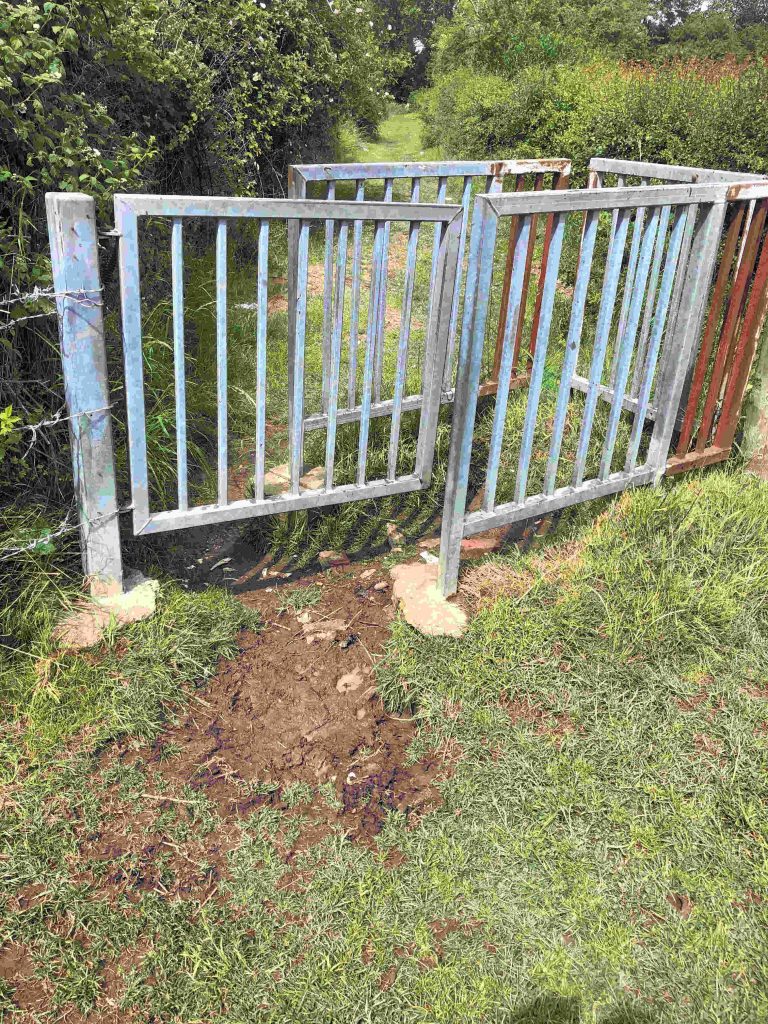
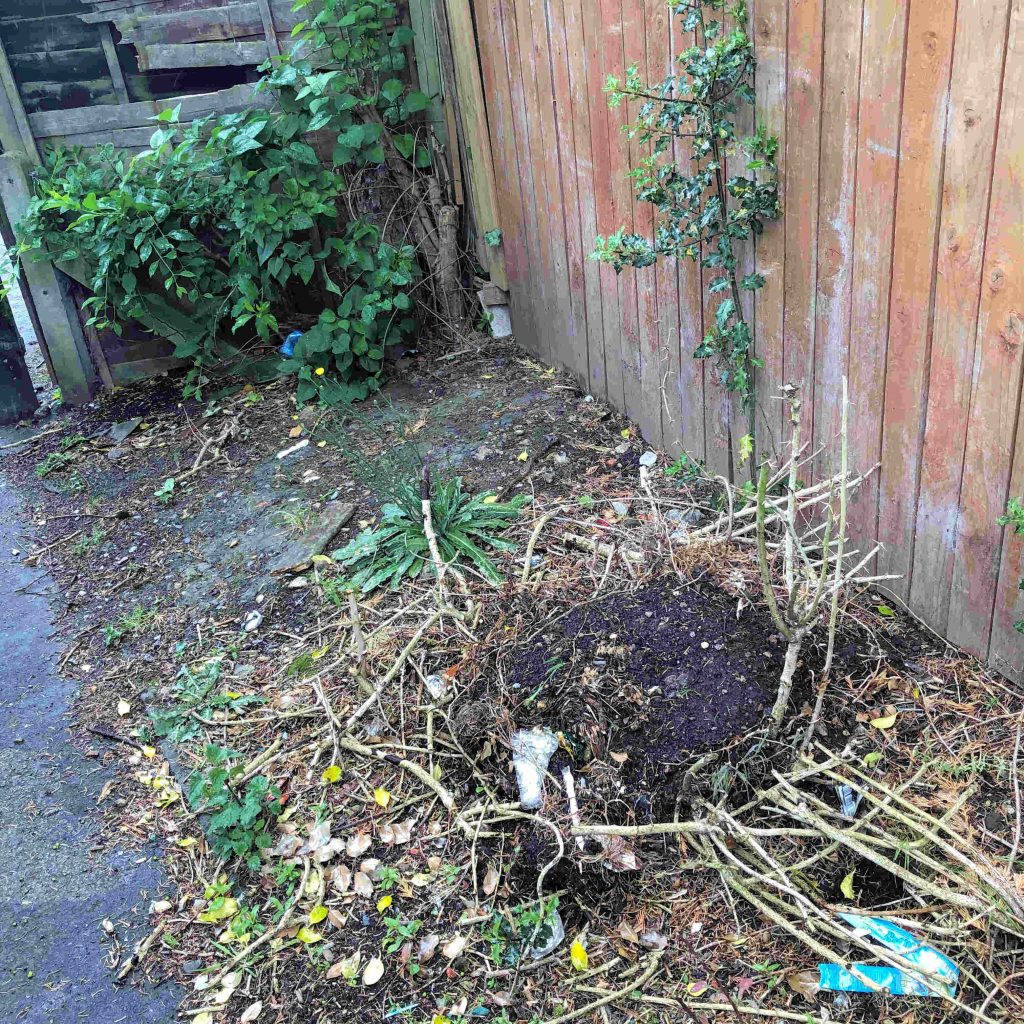
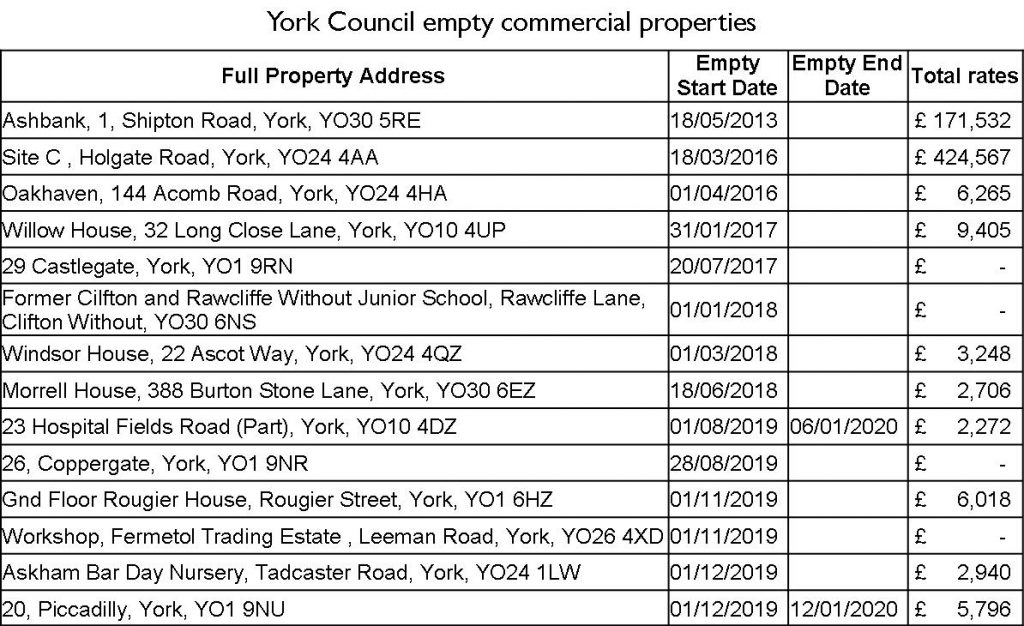
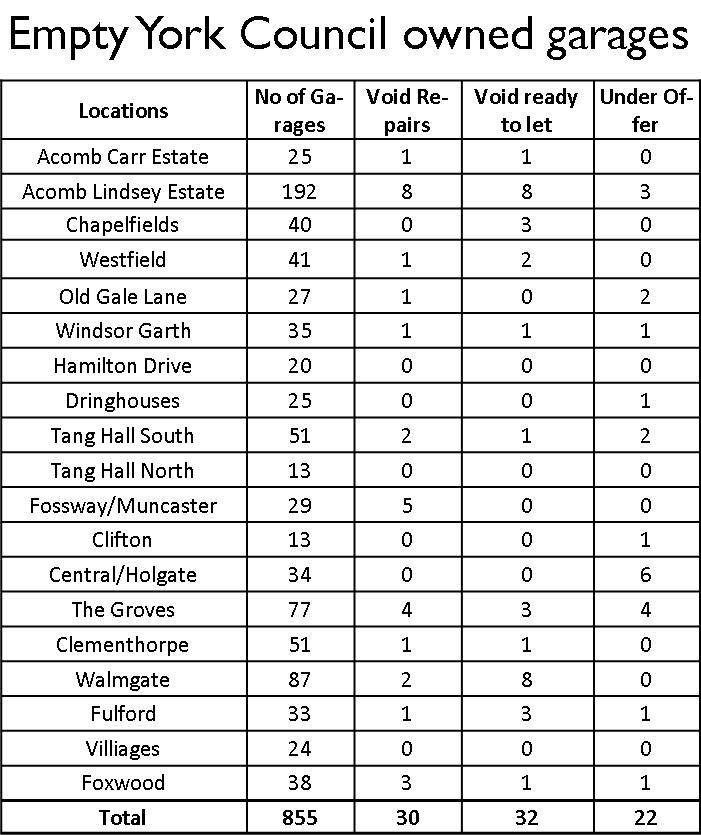

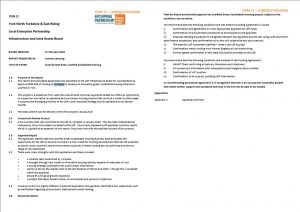
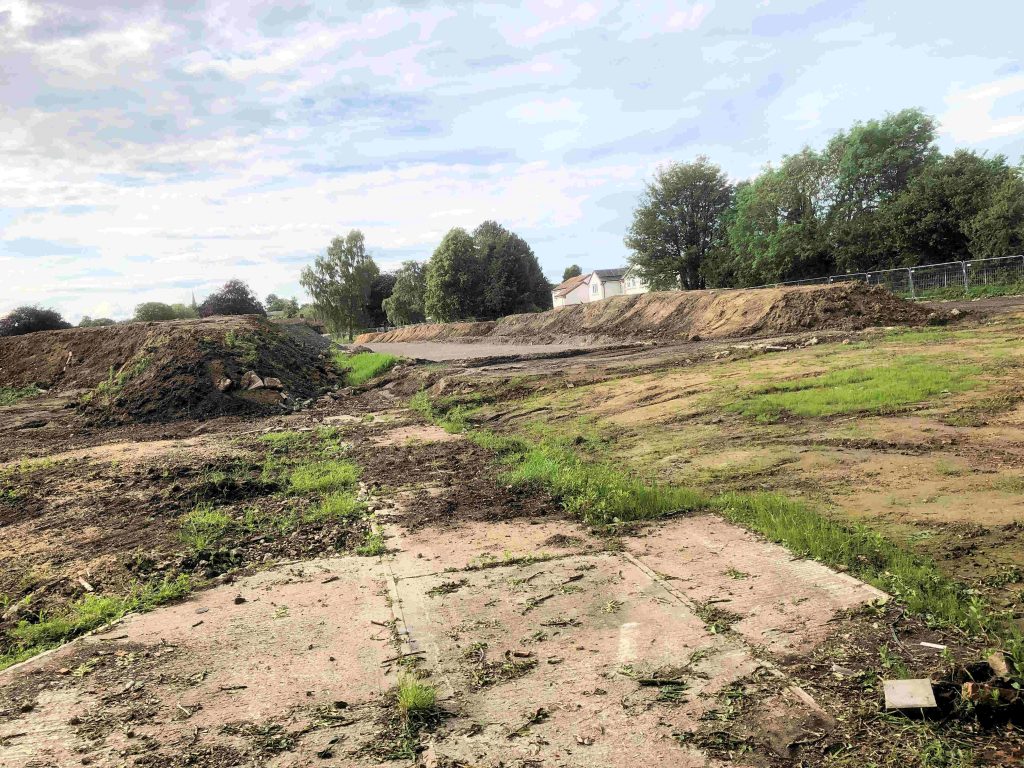
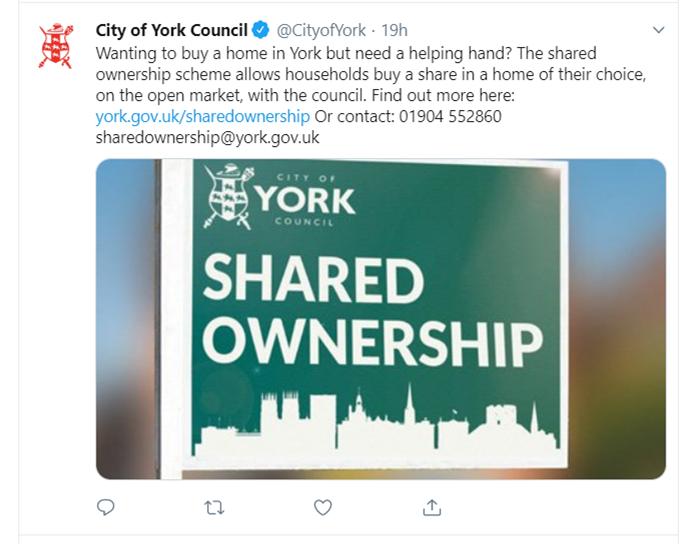
 The
The 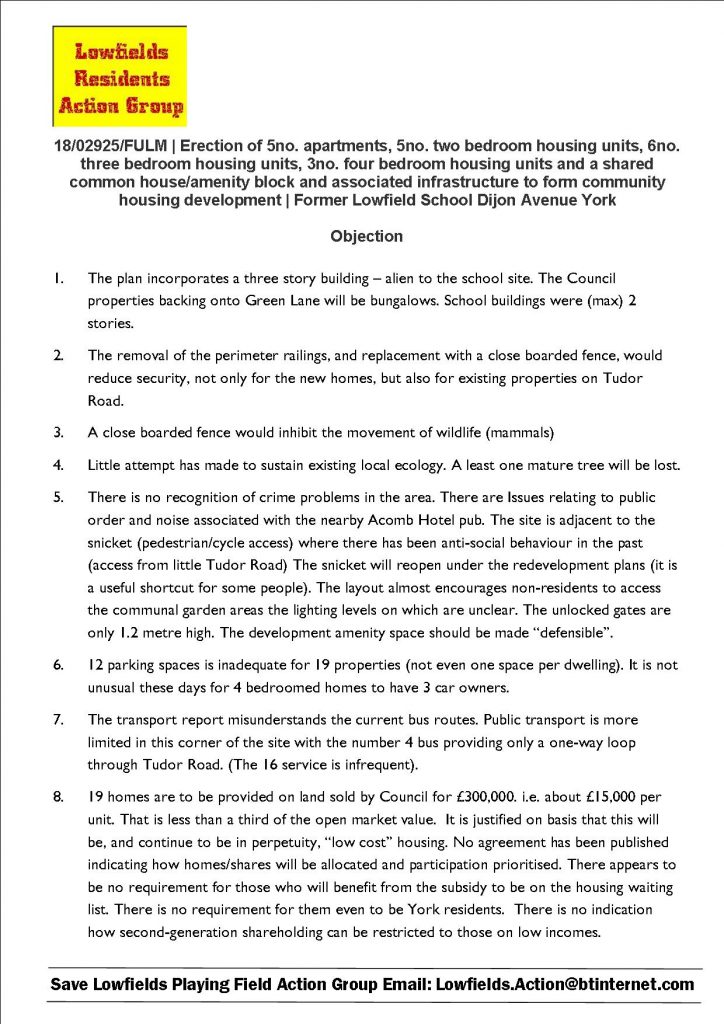
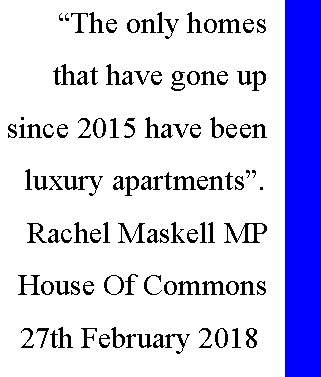
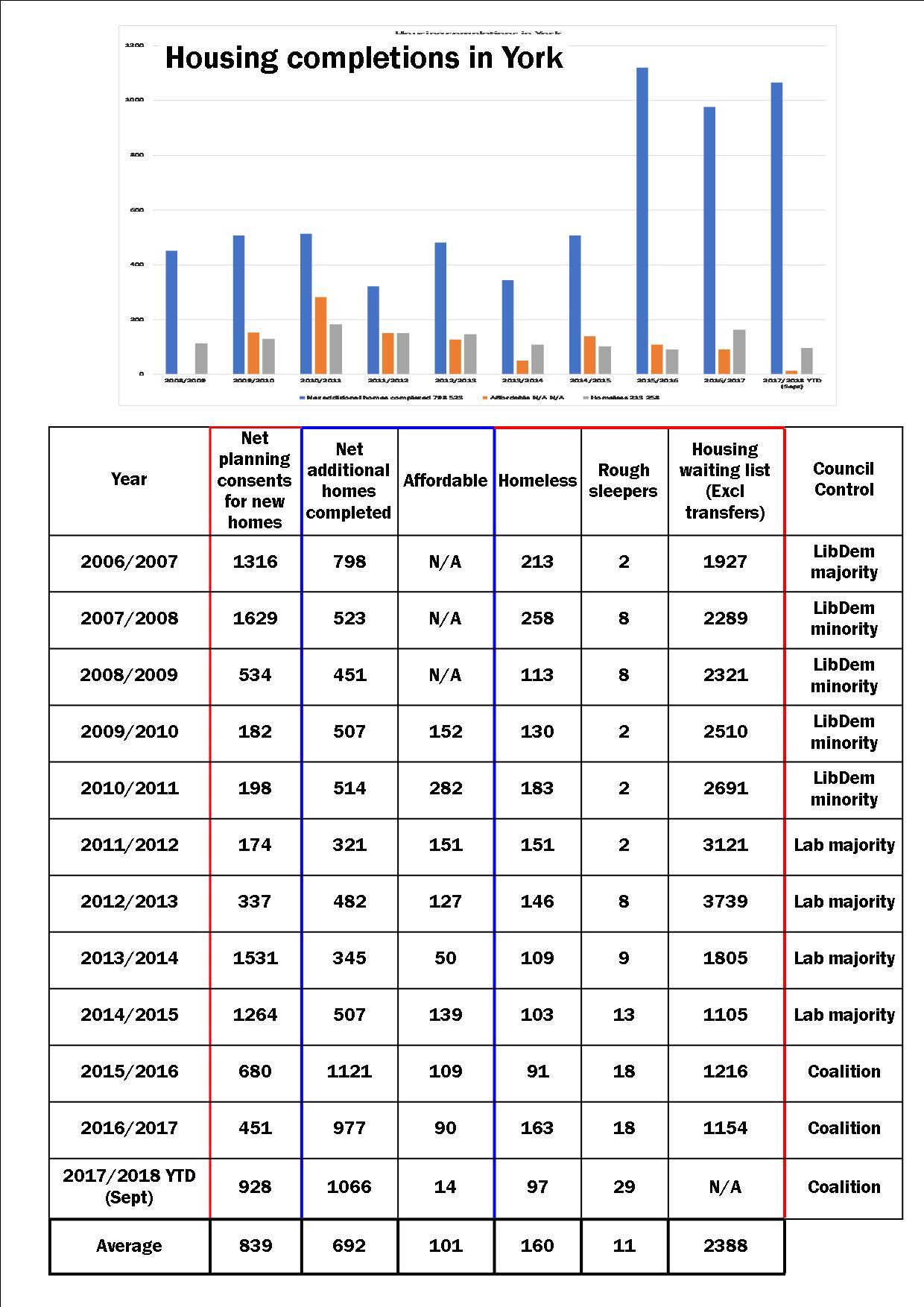
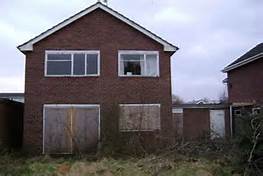 We’ve told the York Council on many occasions over the last seven years that it should use some of the profit on its housing account to
We’ve told the York Council on many occasions over the last seven years that it should use some of the profit on its housing account to 
 The York Council’s Council housing account is set to have a surplus of £21.5 million by the end of March. The housing business plan had shown a planned surplus of £16.6 million at March 2016.
The York Council’s Council housing account is set to have a surplus of £21.5 million by the end of March. The housing business plan had shown a planned surplus of £16.6 million at March 2016.